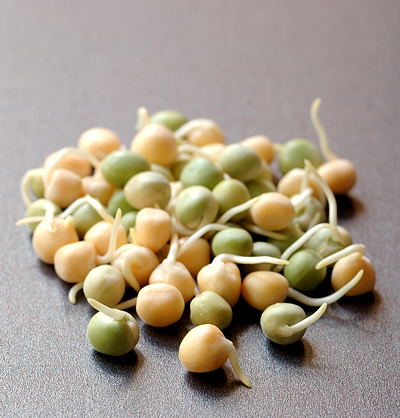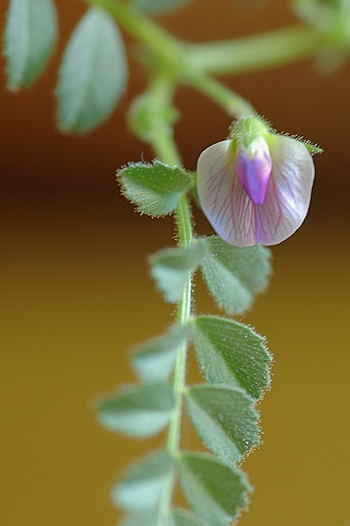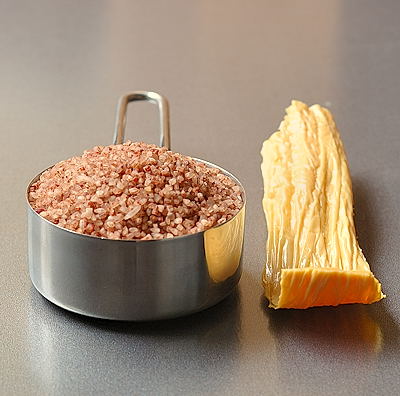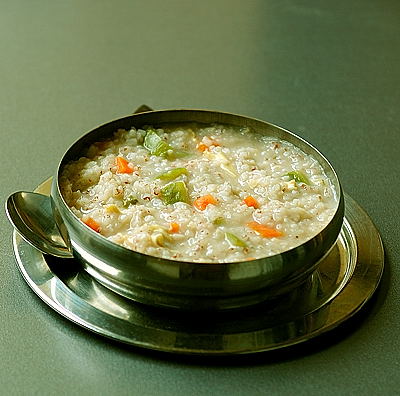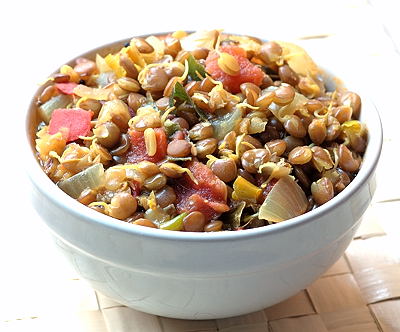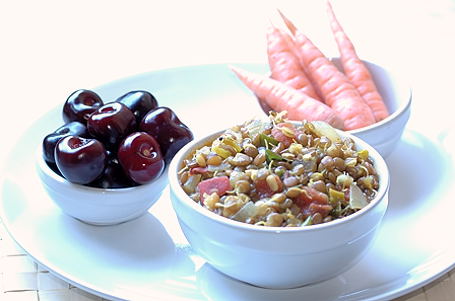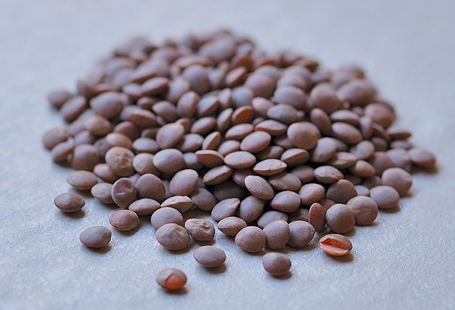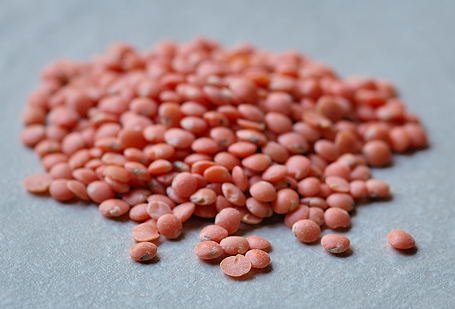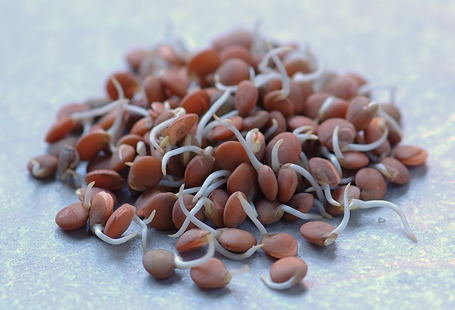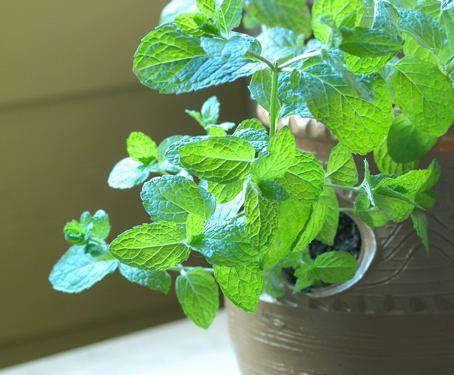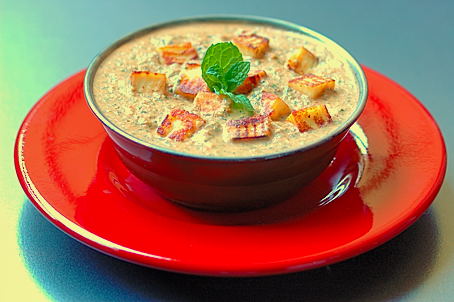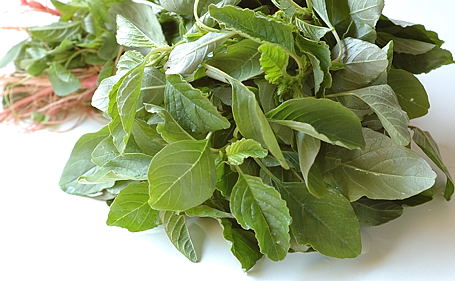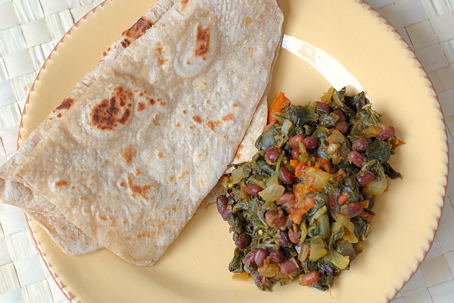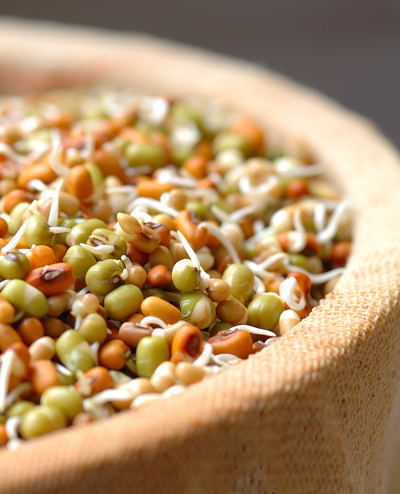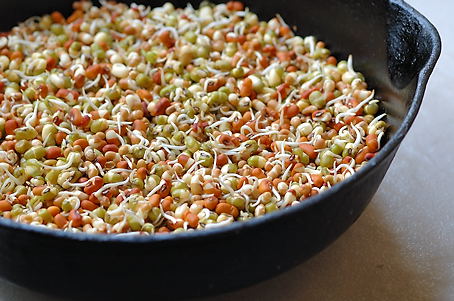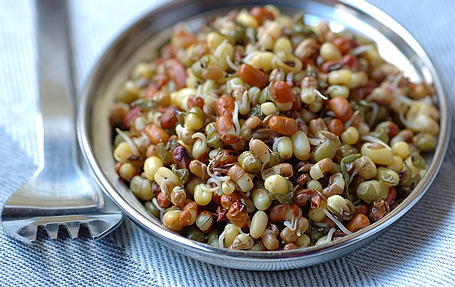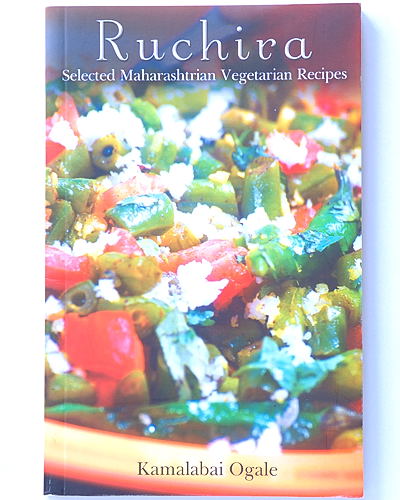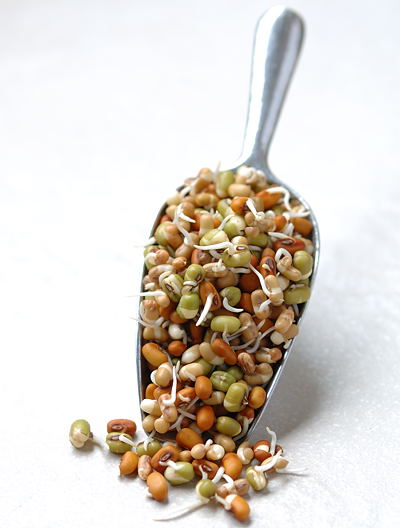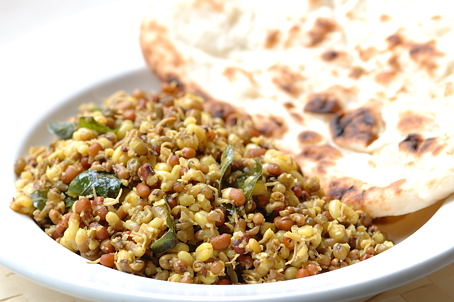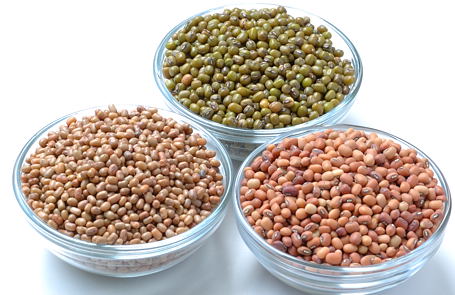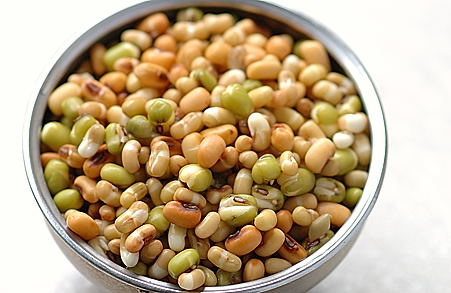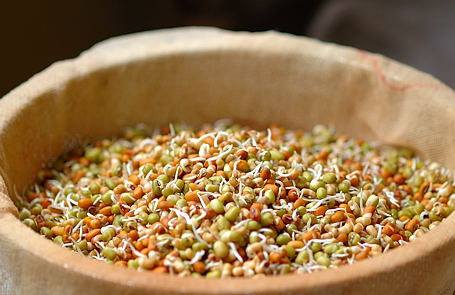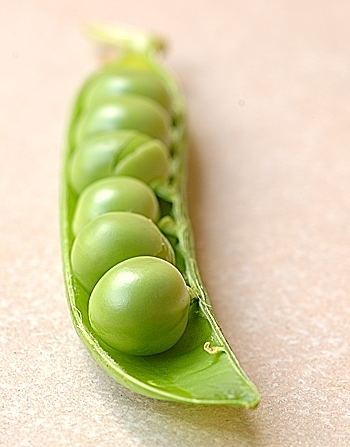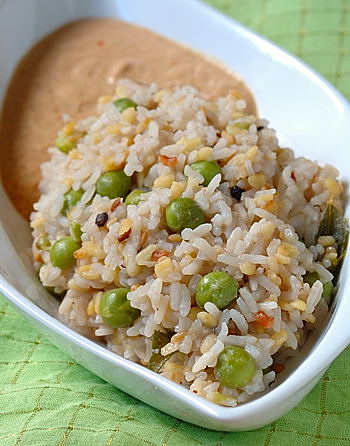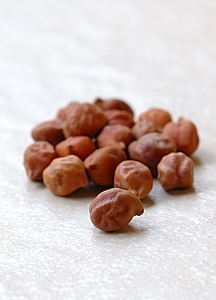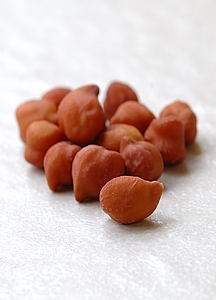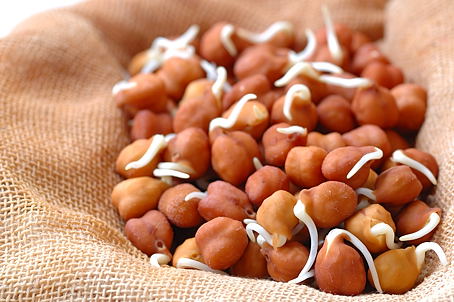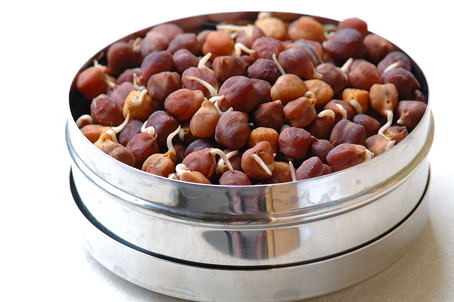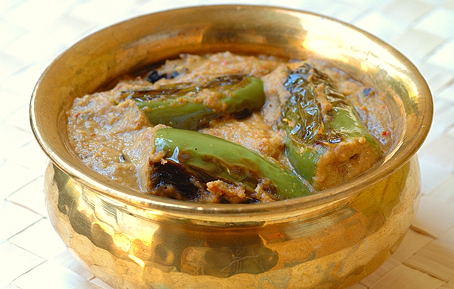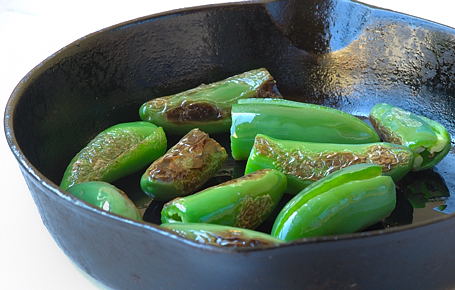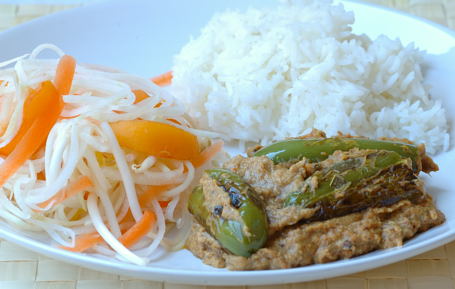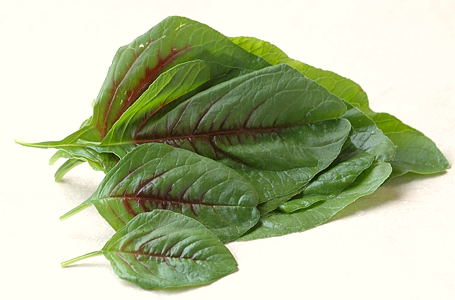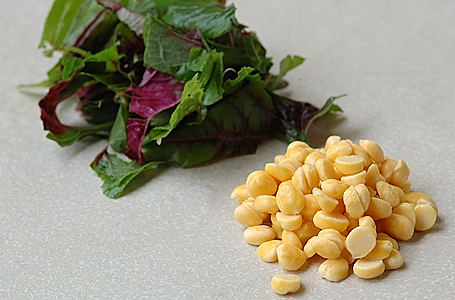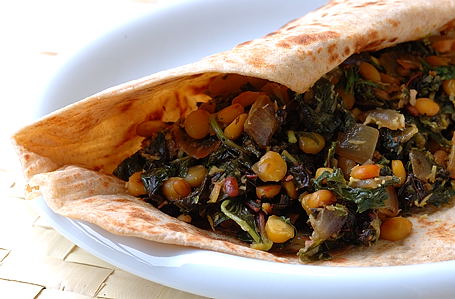In pale green and yellow colors, the dried peas make pleasant looking sprouts. The sprouting process changes dried peas to tender and also enhances the natural sweetness unique to peas. And when cooked together with tomatoes and spices, sprouted peas make a robust and filling meal.
Both green and yellow colored dried peas can be purchased from Indian grocery shops. To sprout, soak the peas in water overnight. Next day, drain the water and gather the peas in a clean, breathable cotton cloth. Place them in a basket, cover, and keep the basket at a well ventilated windowsill or warm area in the home. Don’t let the cloth dry. Spray water to supply moisture necessary for sprout growth. Usually within a day, sprouts start to appear and wait another day or two, to grow them the size shown in the photograph.
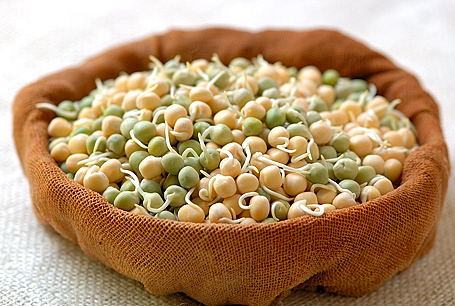
Green and Yellow Sprouted Peas
Recipe:
1 teaspoon peanut oil
4 curry leaves and a pinch each cumin and mustard seeds
1 onion and 4 tomatoes – finely chopped
1 cup green and yellow sprouted peas
2 tablespoons roasted cashews – ground to fine powder
½ tsp each – ginger-garlic paste and garam masala powder
¼ tsp each – turmeric, red chilli powder and salt or to taste
Lemon/lime juice to taste
In a big saucepan, heat the oil until a curry leaf tossed in it sizzles. Keep the heat to medium. Add the curry leaves and toast to pale brown. Toss in cumin, mustard seeds. When seeds start to splutter, add the onions and ginger-garlic paste. Stir fry few minutes until onions soften. Stir in tomatoes, sprouted peas and about a cup of water. Cover the pot with a lid and cook.
When peas start to get tender, stir in the garam masala powder, turmeric, chilli powder, salt and cashew powder. Add water if the subji looks too dry. Mix and simmer until peas reach the tenderness you desire. Serve the Subji warm with lime juice sprinkled on.
We had it with paratha and a cup of yogurt on the side. Good meal.
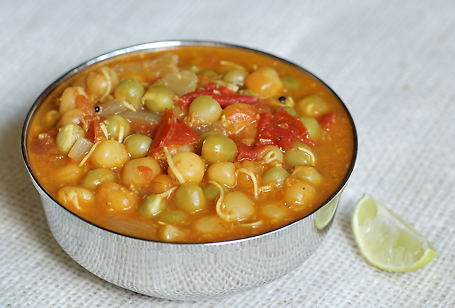
Punjabi Inspired Sprouted Pea Subji
for RCI: Punjabi Cuisine Event Hosted by Richa of As Dear As Salt
